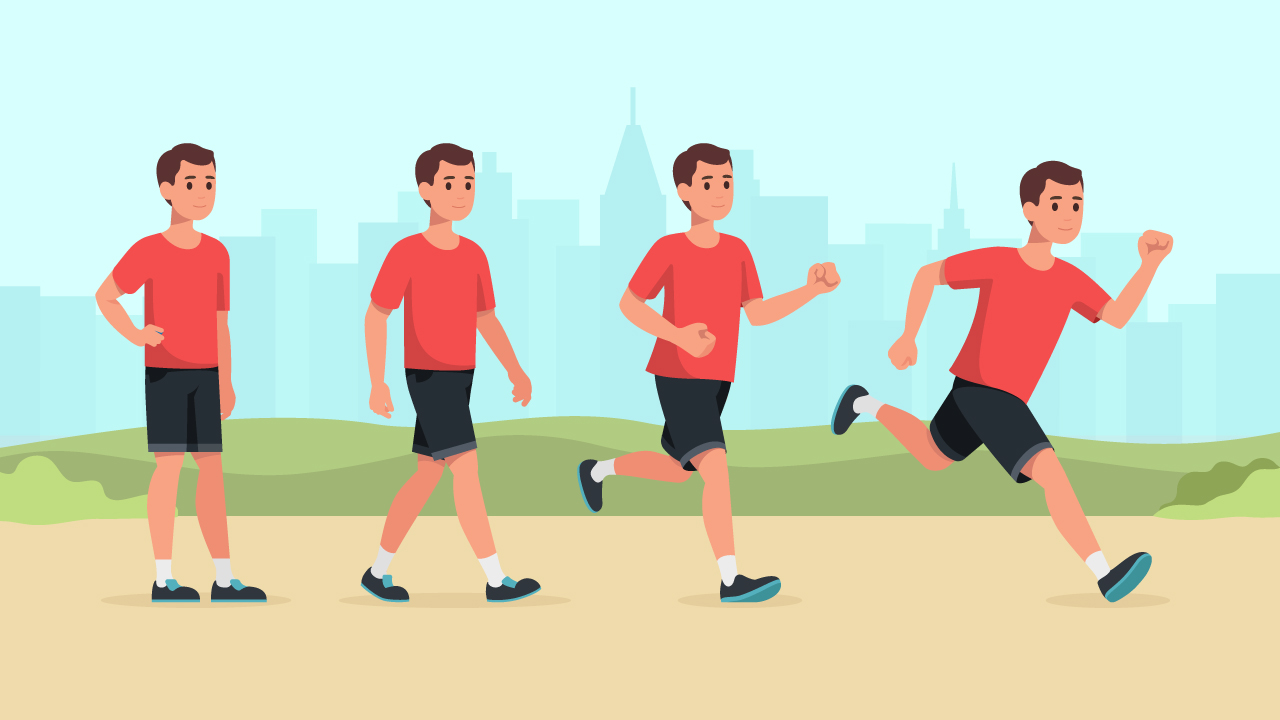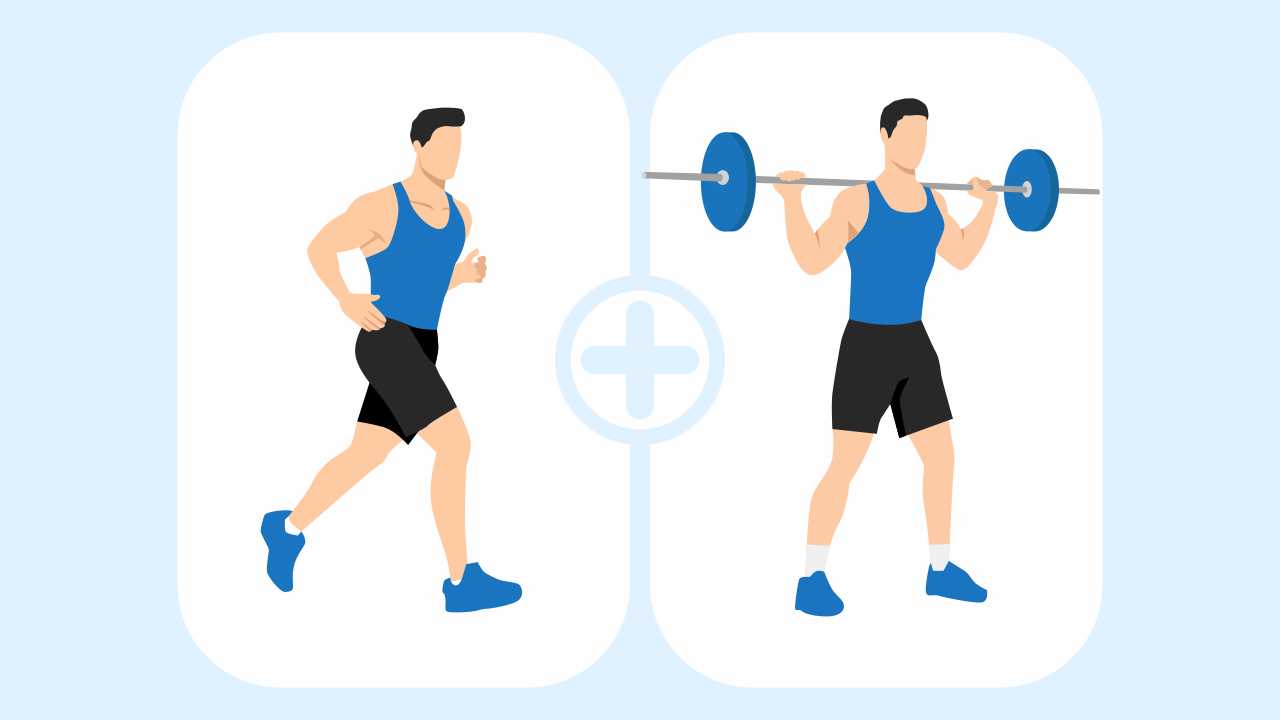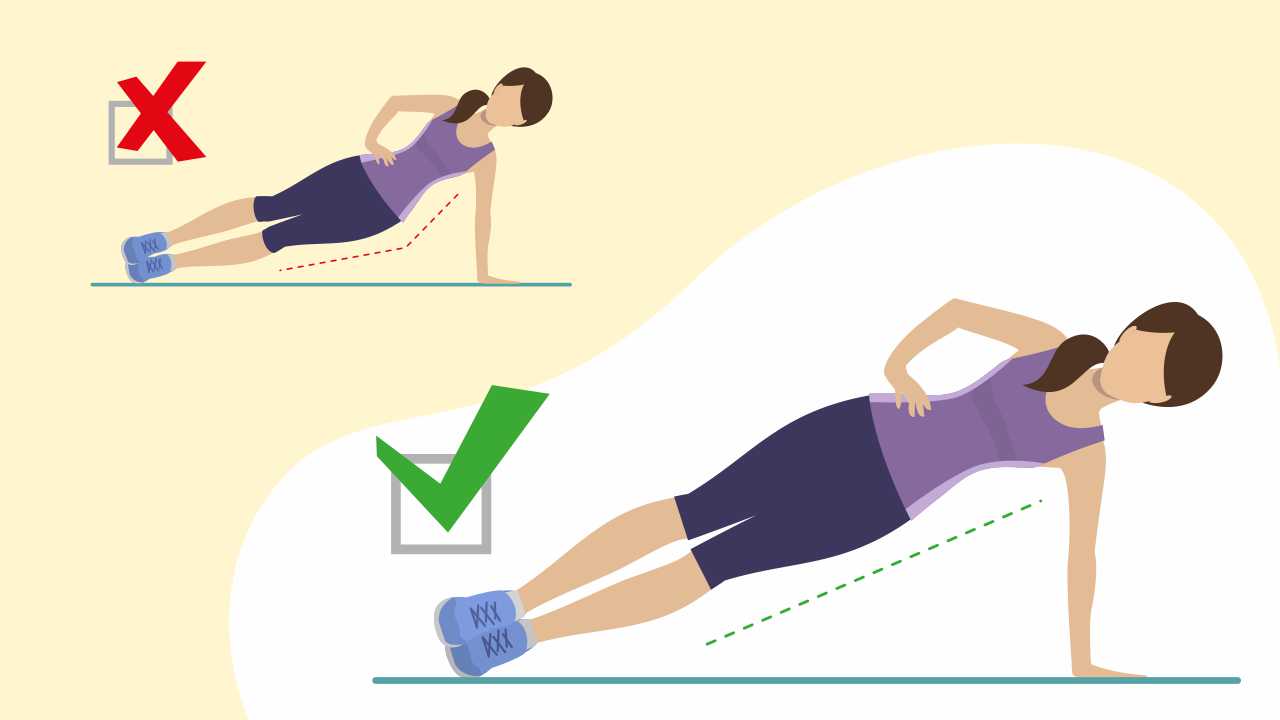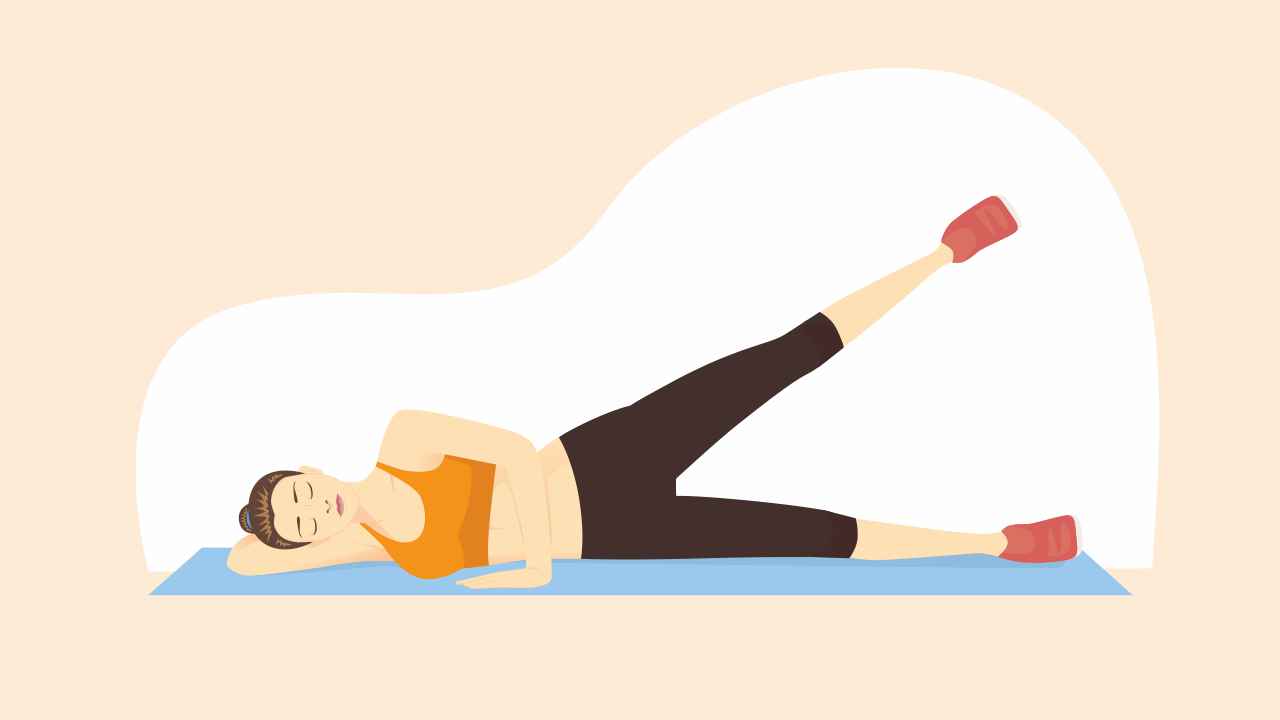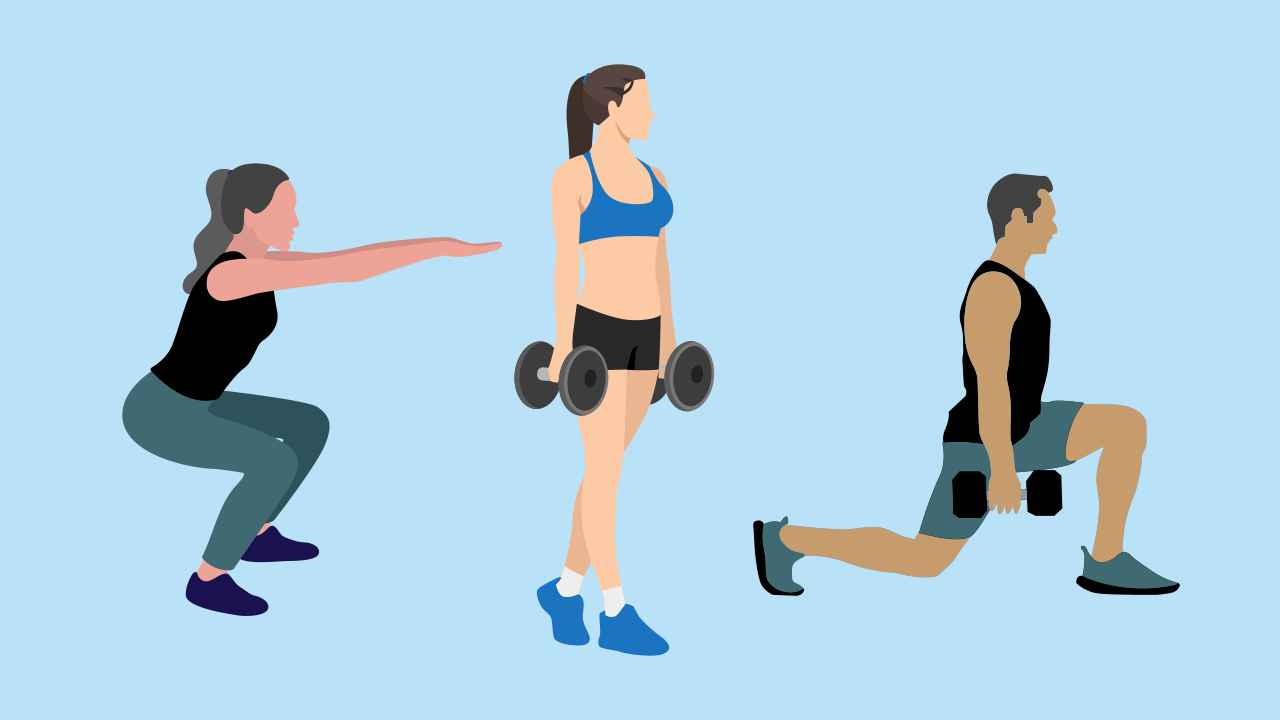
Gym Exercises: A Beginner’s Guide to Working Out

Gyms can be rather intimidating places for beginners. From the sheer number of exercise equipment to the super-fit lifting seemingly insane amounts of weight, there is a lot there that can be overwhelming for those beginning their fitness journey.
So, how do you know which exercises to start with and what machines to use? Let us find out.
Hierarchy
Many believe there is a hierarchy to which equipment one can use at the gym, depending on the progress in fitness. It usually goes something like this: Start with bodyweight exercises, progress to using therabands, weight machines (also called, selectorized machines), and then free weights and kettlebells, or suspension trainers such as the TRX system.
This is largely based on the premise that beginners need the stability offered by weight machines as well as “light” body weight exercises. As one becomes stronger and has better muscle stability, they find it easier to integrate free weights and kettlebells.
It is important to note that the above hierarchy is not the “correct” one — primarily, because there is no such thing as a correct hierarchy. At the end of the day, a particular exercise or use of equipment simply depends on what you are looking to accomplish. Regardless of the type of exercise modality (body weight, free weight, kettlebells), there are basic to advanced modes of integration for each.
Push-pull exercises
In addition to categorizing exercises by muscle or muscle groups, it is also common to reference upper body exercises by pushing or pulling designations. Pushing exercises stress muscles while pushing weight away from the body (chest press, shoulder press). Conversely, pulling exercises stress muscles while pulling weight closer to the body (lat pulldown, row).
By performing both pushing and pulling exercises, you would be minimizing the chances of developing gross muscle imbalances as far as front and back upper body musculature goes. Additionally, by focusing on both pushing and pulling exercises, you would increase your overall upper body strength by working all the muscles.
As push/pull exercises don’t work the same muscles, this is also a very efficient way to exercise. You can perform a pulling exercise, followed by a pushing exercise, and so on. This eliminates complete rest periods, and is called “supersetting”.
Sample exercise regimen
As noted above, it’s hard to identify specific exercises for beginners because of the many factors involved. However, here are six exercises for a beginner who’s just starting resistance training. They cover most major muscle groups and may bring noticable results within a short time. They are categorized into upper body, lower body, and core exercises.
Upper body exercises
1. Chest press/ bench press machine
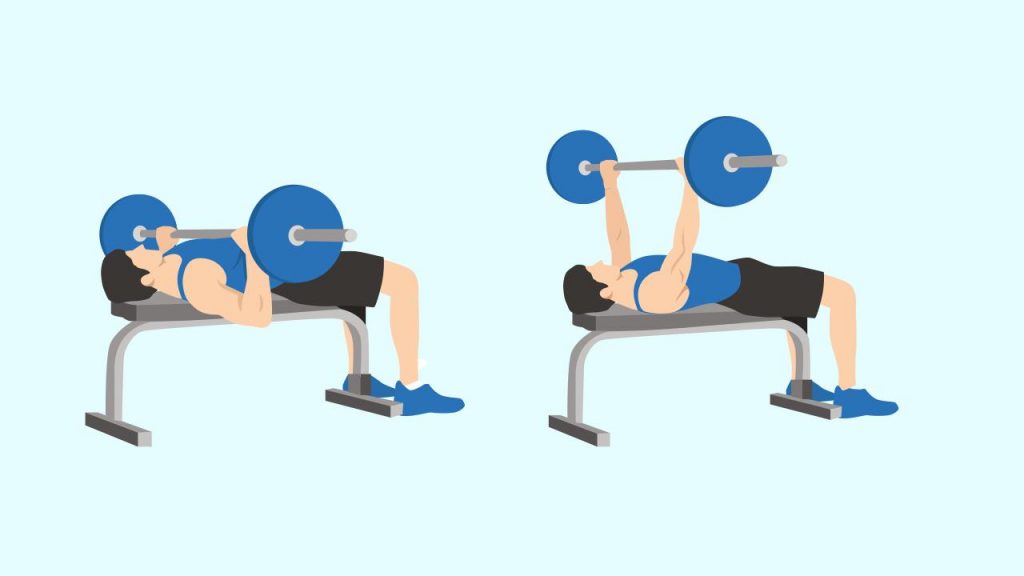
The proper form is to position the body so that the “bar” or handles are about mid-chest level at the starting position. As you extend your arms, exhale until your arms are straight. Inhale as your arms flex back to the starting position. This is a pushing exercise, which means that it focuses on the chest, triceps and front/side shoulders. Perform two to three sets of 12-15 repetitions.
2. Shoulder press

Sit on a bench with or without back support. Holding a dumbbell in each hand, position the hands so that the palms face forward and to the side of the ears. Then extend the arms overhead until the arms are straight, then slowly lower to the starting position. This is a pushing exercise. Perform two to three sets of 12-15 repetitions.
3. Lat pull-down
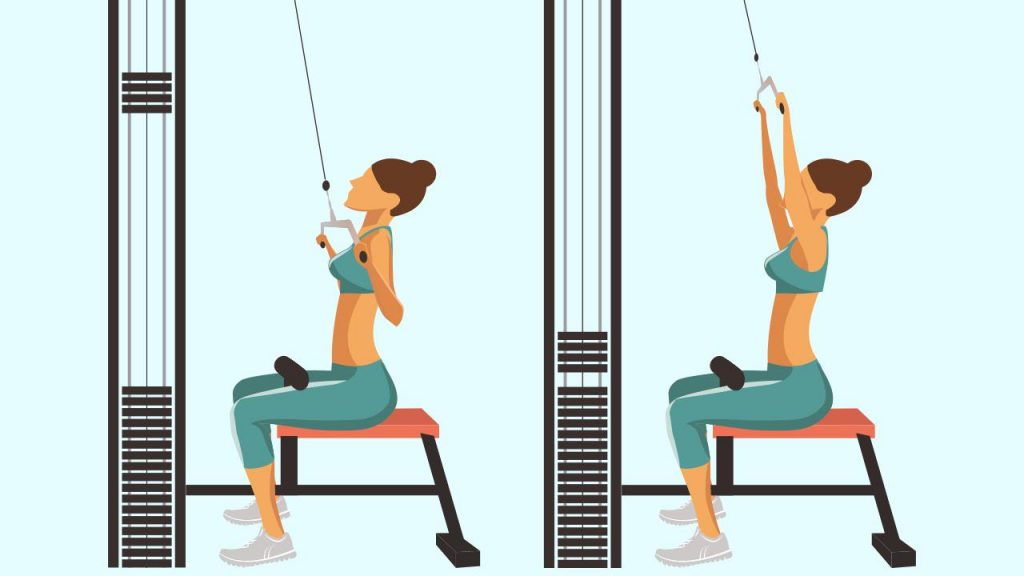
Sit facing the machine. Hold the bar just past where it curves downwards. Keep your shoulder blades down the whole time. Then pull the bar down until it touches your collarbone in front of your body. Then slowly allow the bar to rise back up to the starting position. Note: Do not let the bar go. This is a pulling exercise, which means that it works the back (latissimus dorsi), biceps, and rear shoulder muscles.
4. Seated cable row
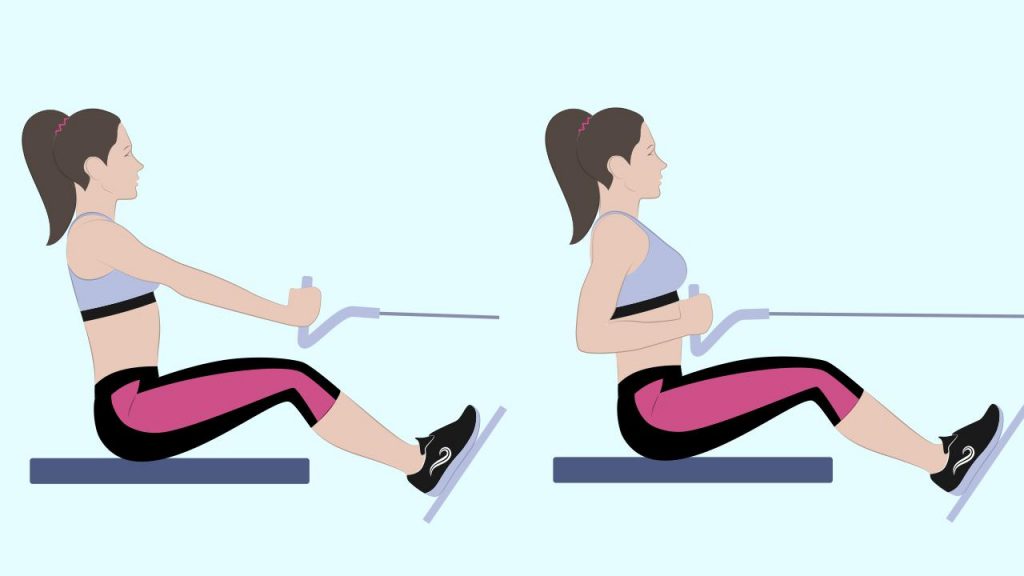
With your back erect and looking forward, pull the handle until your hands are touching your stomach and squeeze your shoulder blades together. Keep your shoulder blades down. Slowly allow your arms to extend back to the starting position. This is also a pulling exercise, which focuses on the back (rhomboids), biceps, and rear shoulder muscles. Perform two to three sets of 12-15 repetitions.
Lower Body Exercises
1. Squat

Start in a standing position with your arms at your side (hold onto dumbbells if you want to add weight). Then sit back on your heels while simultaneously lowering your body. Lower your body until your upper leg is near parallel. Then slowly stand back up to the starting position. Focus on keeping your low back flat and head facing forward. This is a pushing movement, but works most leg muscles — specifically the glutes, hamstrings, and quadriceps. Perform two to three sets of 12-15 repetitions.
2. Lying hamstring curl
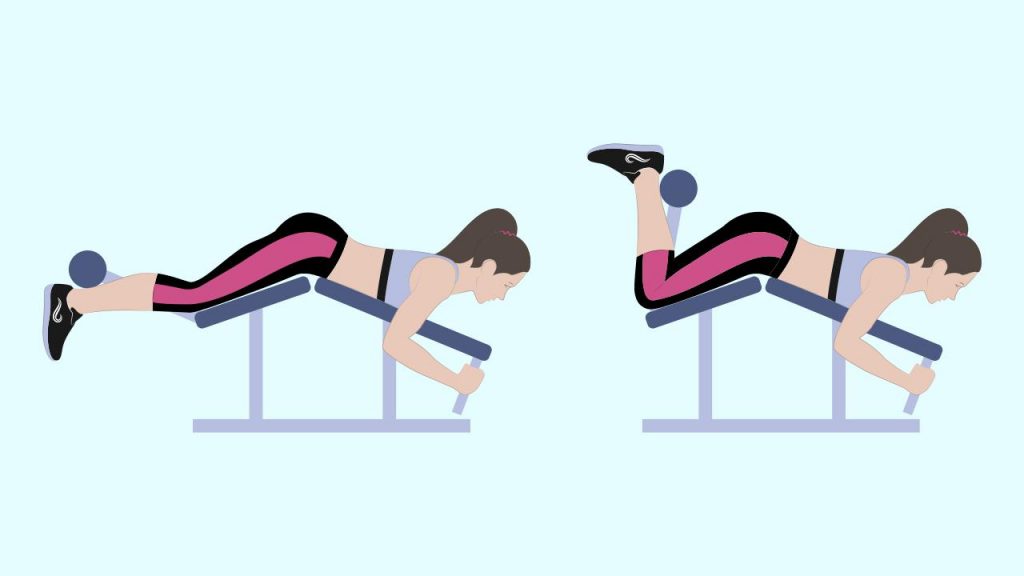
Lie on the machine with your knees just off the end of the bench. Position the ankle pad right on your Achilles tendon. Then curl the weight up by flexing your knees. Slowly lower your legs until there is just a slight bend in your knees, then flex your knees again to repeat the exercise. If the pad moves up and down your calf when you are doing the exercise, the ankle pad is likely in the incorrect location. This is primarily a pulling movement and focuses on the hamstrings. Perform two to three sets of 12-15 repetitions.
3. Calf raises

These do not need machines or weights. All you need is to position your feet on a step, so the balls of your feet are at the end of the step. Slowly lower your heel until a stretch is felt in the calves. Then press up on the balls of your feet until your ankle is fully plantar flexed (heel up/ toes down). Perform two to three sets of 12-15 repetitions.
Core Exercises
1. Plank
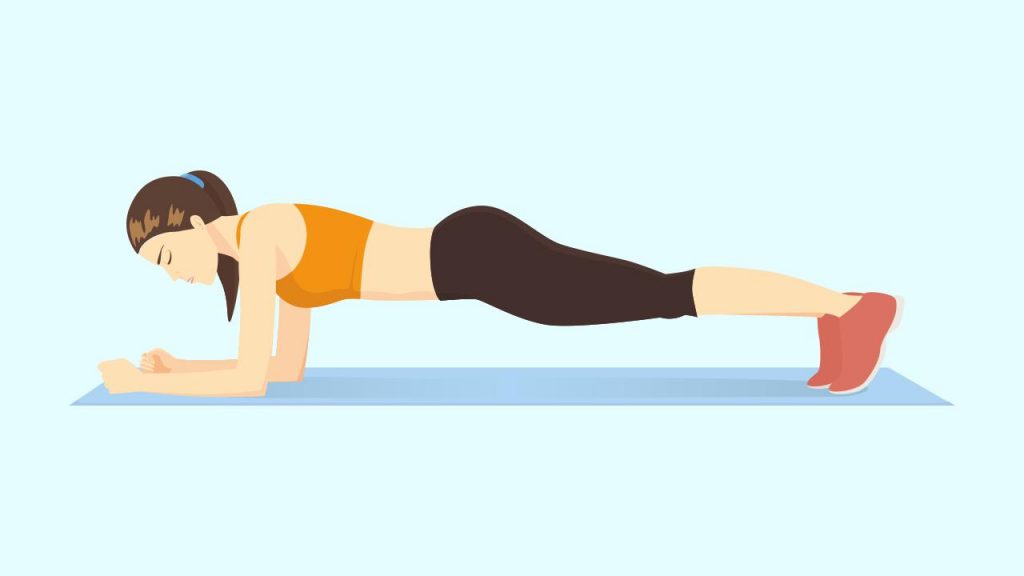
Same starting position as a push-up, but instead of the hands touching the ground, the forearms are on the floor with the elbows directly under the shoulders. Hold this position for a count of 20 seconds, then rest. Perform two to three sets.
2. Supermans
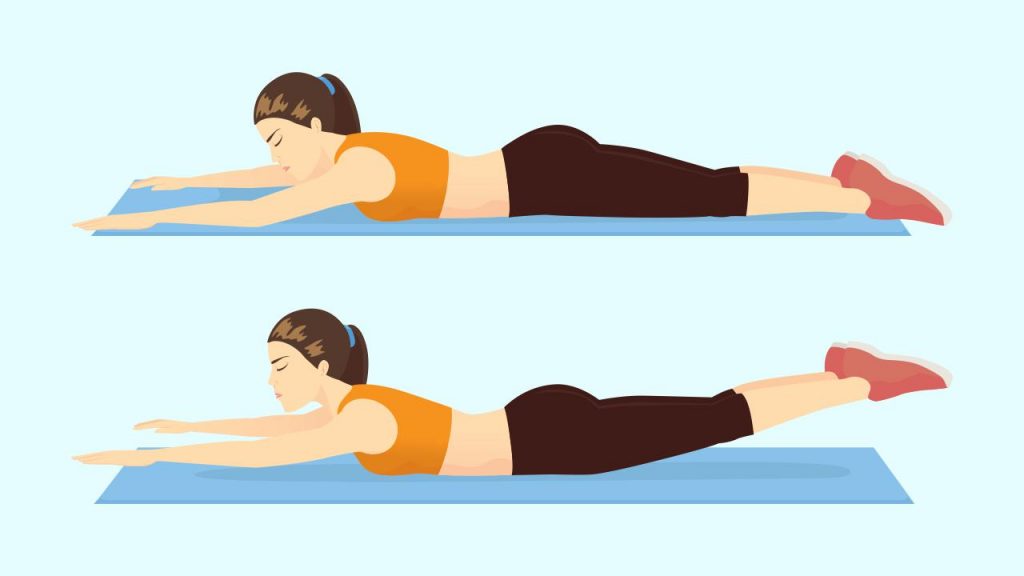
Lie on your stomach with your arms outstretched above your head. Then slowly raise your arms and legs simultaneously until a contraction is felt in the lower back, then slowly lower to the starting position. Perform two to three sets.
3. Side Plank

Lie on your side with the upper body propped up on the forearm. Then raise your body so that only the side of your feet and forearm are on the ground. Hold the body in a straight, diagonal line. Once sufficient muscle tension is experienced in the obliques (side abs), slowly lower to the starting position. Perform two to three sets.
Just like there is no “correct” exercise(s) for beginners, there is also no ideal set and repetition range. However, assuming that the goal of a beginner is to get stronger for the purpose of general fitness, a set range of 2-3 and a repetition range of 10-12 is likely, the correct ballpark. More importantly, the weight on the last repetition of each set should feel like work, but not overly difficult — think of it like level 6 on a 1-10 difficulty scale
Beginners should aim to perform strength training 2-4 times a week, with at least one day in between exercising the same muscle or muscle group.
Other factors to consider
The muscles and connective tissue (tendons) take a while to adapt to the stress placed upon them. Therefore, a beginner should not expect to see strength gains immediately.
Also, the process of resistance training will likely create post-exercise discomfort – commonly called, Delayed Onset Muscle Soreness (DOMS). This is normal and not an adverse effect of exercise. During this period of DOMS, you should let the body recover before resuming the resistance training program. It might be beneficial to perform light exercises such as walking or swimming during this period, which can provide some relief by keeping the muscle in motion. Additionally, remedies such as ice-compress, rest, gentle massage, and heat can also speeden the recovery by ensuring blood flow to the muscles.
Also, remember that what works for one person, might not work for another. So, take any offered advice with a grain of salt before deciding what works best for you.
Lastly, there are nearly limitless exercises for any particular muscle or muscle group. So if you don’t like a particular exercise for any reason, there is always another to do. Don’t suffer through exercises that you don’t like and risk stopping working out altogether. The key is to keep your workouts productive, enjoyable, and fun.


